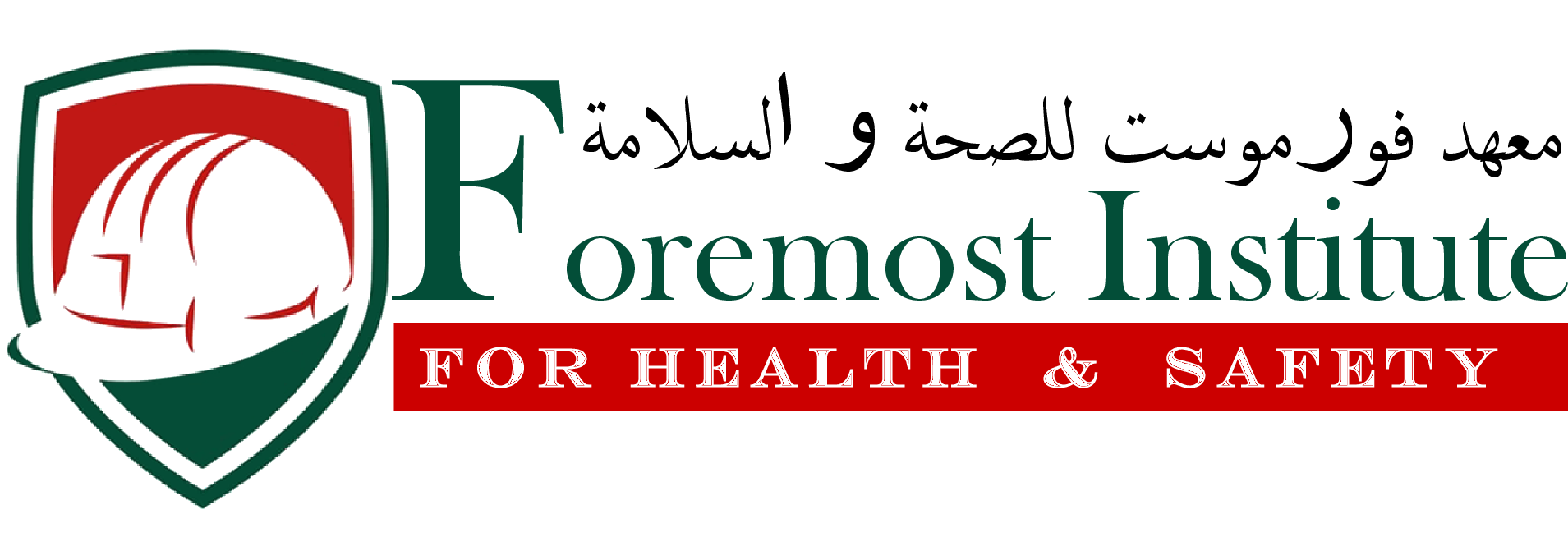FIRE SAFETY ESSENTIAL TECHNIQUE - UAE's Premier Accredited Courses!
Fire Safety Essential Technique
Fire safety essential techniques to learn in training is a crucial component of workplace and community safety. It involves educating individuals about fire prevention, preparedness, and response procedures to minimize the risk of fires and to ensure everyone’s safety in the event of a fire. Here are some key aspects of fire safety essential techniques to learn in training and their importance:
- Preventing Fires.
- Early Detection.
- Emergency Procedures.
- Evacuation Planning.
- Safe Use of Firefighting Equipment.
- Understanding Fire Behavior.
Fire safety essential techniques we learn in training typically consist of several levels, each designed to address individuals’ specific needs and responsibilities based on their roles and responsibilities in a workplace or community.
Here are the common types of levels in fire safety training:-
1. Basic Fire Safety Awareness:- This level is designed for all employees and individuals in a workplace or community.
2. Fire Warden or Fire Marshal Training:- This level of training goes beyond basic awareness and includes in-depth knowledge of fire safety regulations, evacuation procedures, and the proper operation of fire safety equipment.
3. Fire Extinguisher Training:- This training is focused specifically on the proper use of fire extinguishers. Participants learn about different types of fire extinguishers, the types of fires they can be used on, and how to operate them safely and effectively.
4. Advanced Fire Safety Essential Techniques at Training:- his level is designed for individuals with specific responsibilities in fire prevention and safety management, such as facility managers, safety officers, or fire safety consultants.
Please read this article for the survey that shows how fire safety training is important for residents and people at work. Read Here!..
Introduction to levels 1 & 2
Level 1 fire safety training serves as an introduction to fire safety concepts. Participants will gain a basic understanding of the causes of fires, preventive measures, and evacuation procedures. They will also learn about different types of fire extinguishers and how to use them correctly.
Building on the knowledge gained in Level 1 training, Level 2 fire safety training delves deeper into fire safety principles and practices.
Participants will learn how to conduct risk assessments and implement necessary fire safety measures. Additionally, they will be trained in more advanced fire extinguisher techniques and will develop skills in communicating and coordinating during emergencies.
Safety Course – Fire, Objectives for level 1 :
- To familiarize participants with basic fire safety concepts.
- o provides an understanding of the common causes of fire and prevention strategies.
- To educate participants on different types of fire extinguishers and their appropriate usage.
- To demonstrate proper evacuation procedures in the event of a fire.
- To promote awareness of fire safety regulations and legal requirements.
Safety Course – Fire, Objectives for level 2:
- To build upon the knowledge gained in level 1 fire safety training.
- To deepen participants’ understanding of fire safety principles and practices.
- To develop skills in conducting risk assessments and implementing fire safety measures.
- To train participants in using more advanced fire extinguishing techniques.
- To enhance participants’ ability to effectively communicate and coordinate during emergency situations.
- To ensure participants understand the legal responsibilities and obligations related to fire safety in the workplace or other relevant settings.
By completing both Level 1 and Level 2 fire safety training, individuals will be better prepared to prevent fires, respond effectively, protect lives, and reduce property damage in their workplace or other relevant settings.

What are the duties of a level 1 and 2 fire marshal?
| Level 1 Fire Marshal | Level 2 Fire Marshal (Advanced Fire Warden) |
|
· Fire Prevention. · Training. · Emergency Response. · Fire Drill Coordination. · Fire Extinguisher Maintenance. · Documentation. · Communication. |
· Fire Risk Assessment. · Emergency Response Leadership. · Training and Education. · Fire Safety Planning. · Fire Equipment Management. · Regulatory Compliance. · Incident Investigation. · Evacuation Planning. · Mock Drills. |
It’s important to note that the specific duties of a Level 1 or Level 2 Fire Marshal can vary based on the organization’s size, industry, and location. Additionally, individuals in these roles should continuously update their skills and knowledge to adapt to changing fire safety regulations and best practices.
FIHS Best Practices for Level 1 & 2 Fire Safety Training: –
- Customization
- Interactive Learning
- Regular Updates
- Qualified Instructors
- Evacuation Drills
- Continuous Improvement
Who Should Attend…?
Level 1 Fire Safety Training is typically suitable for
- All employees, including office staff, production workers, and support staff.
- Individuals with no prior fire safety training.
- Those responsible for day-to-day fire prevention measures.
Level 2 Fire Safety Training is ideal for
- Fire wardens or marshals.
- Individuals with prior Level 1 training looking to take on leadership roles during emergencies.
- Those responsible for conducting risk assessments and implementing fire safety plans.
- Supervisors, managers, and safety personnel with broader fire safety responsibilities.

